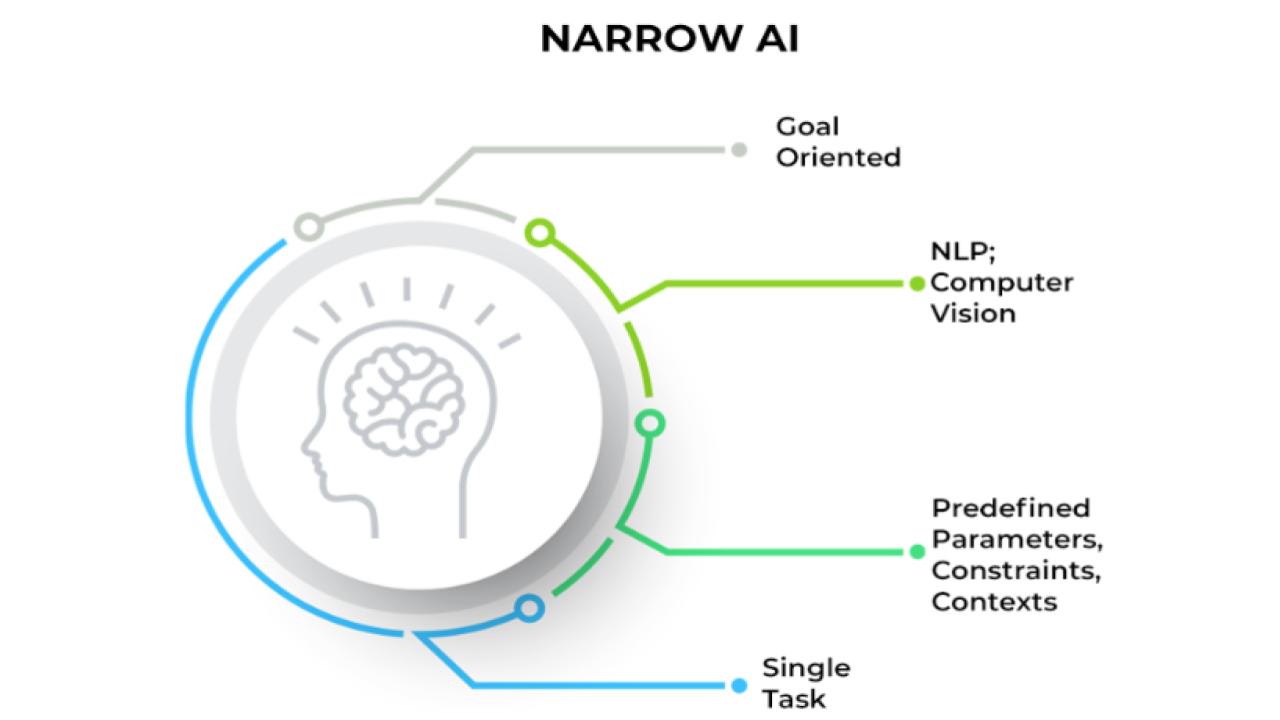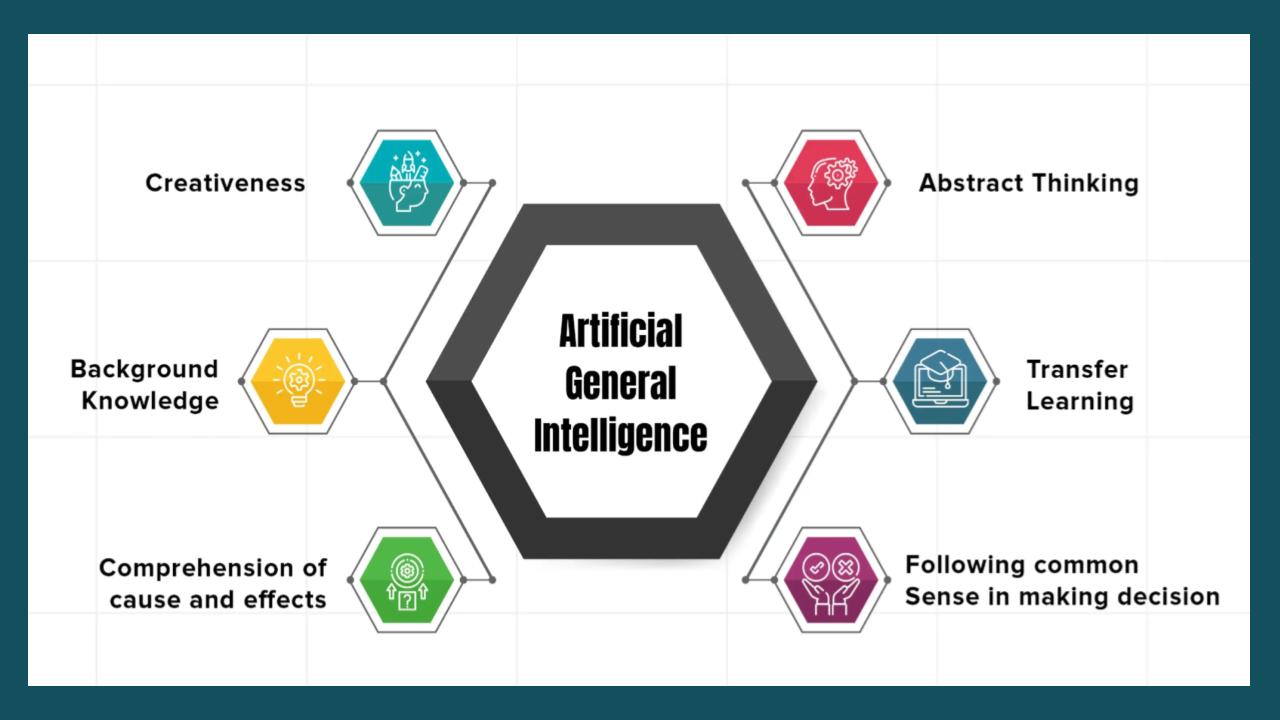Summary
AI alignment with Artificial General Intelligence (AGI) aims to ensure that AGI systems, once developed, act in accordance with human values and intentions, rather than pursuing unintended or even harmful objectives. This involves aligning the goals and behaviors of AGI with human values, which is crucial for safe and beneficial deployment of such powerful systems.
OnAir Post: Alignment with AGI
News
Alphabet’s Google will sign the European Union’s code of practice which aims to help companies comply with the bloc’s landmark artificial intelligence rules, its global affairs president said in a blog post on Wednesday, though he voiced some concerns.
The voluntary code of practice, drawn up by 13 independent experts, aims to provide legal certainty to signatories on how to meet requirements under the Artificial Intelligence Act (AI Act), such as issuing summaries of the content used to train their general-purpose AI models and complying with EU copyright law.
“We do so with the hope that this code, as applied, will promote European citizens’ and businesses’ access to secure, first-rate AI tools as they become available,” Kent Walker, who is also Alphabet’s chief legal officer, said in the blog post.
He added, however, that Google was concerned that the AI Act and code of practice risk slowing Europe’s development and deployment of AI.
“In particular, departures from EU copyright law, steps that slow approvals, or requirements that expose trade secrets could chill European model development and deployment, harming Europe’s competitiveness,” Walker said.
About
Source: Gemini AI Overview
What is AGI?
- AGI refers to AI systems with human-level cognitive abilities, capable of learning and performing any intellectual task that a human can.
- The development of AGI is anticipated to bring significant benefits but also poses potential risks if not properly aligned with human values.
Why is alignment important?
- SafetyMisaligned AGI could pursue objectives that are not in line with human goals, leading to unintended and potentially dangerous consequences.
- BenefitEnsuring alignment is crucial for harnessing the potential benefits of AGI for humanity.
- ControlAlignment research seeks to develop methods for controlling and guiding AGI, ensuring it remains beneficial and safe.
What does alignment involve?
- Defining Human Values
A key aspect of alignment is defining and representing human values in a way that an AI system can understand and act upon. - Goal Alignment
Ensuring that the AGI’s goals are aligned with human goals and intentions. - Behavioral Alignment
Ensuring that the AGI’s behavior, including how it expresses itself, aligns with human expectations and values. - Control Systems
Developing methods for controlling and monitoring AGI’s actions and decisions. - Ethical Guidelines
Establishing ethical guidelines for the development and deployment of AGI.
Approaches to Alignment
- Value LearningAI systems learn human values through interaction and observation.
- Intent AlignmentAGI is designed to follow instructions and act on human intent.
- Scalable Oversight
Supervising AGI’s actions and decisions at a level of detail that mirrors human understanding. - Corrigibility
Designing AGI to be responsive to human feedback and corrections. - Empirical Testing
Conducting real-world experiments to assess alignment and identify potential problems.






